Health & Safety
Manual Handling
Injuries when lifting or moving objects are commonplace in any industry as well as around the home. It’s true that some of these injuries aren’t especially severe, and, although painful, sprains or strains are the likely outcome of a manual handling injury. But even relatively small injuries can mount up and lead to things that put you out of action for weeks, or worse. With some training, and a little care, you can help to protect yourself and others around you from these injuries. This course will help.
Learning outcomes:
- Identify the leading causes of manual handling injuries and identify common risks
- Demonstrate an understanding of the principles of safe manual handling
- Explain the provisions of manual handling regulations
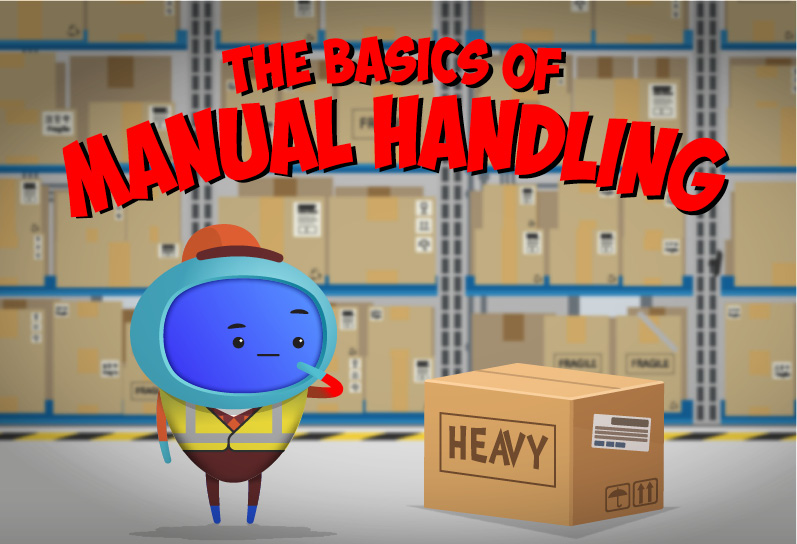
What you will learn
Who is this course for
Millions of people are injured due to poor manual handling every year. This course explains what manual handling is and where you’re most at risk. It explains the common consequences of manual handling, explores a case study around poor manual handling and teaches you ways of mitigating the risk. You’ll learn the correct lifting technique and how to plan ahead when you need to use it, as well as useful tools that can help and all the legal stuff around manual handling.
This course is suitable for people who work in schools and elsewhere, as well as long-term contractors that might operate in schools.


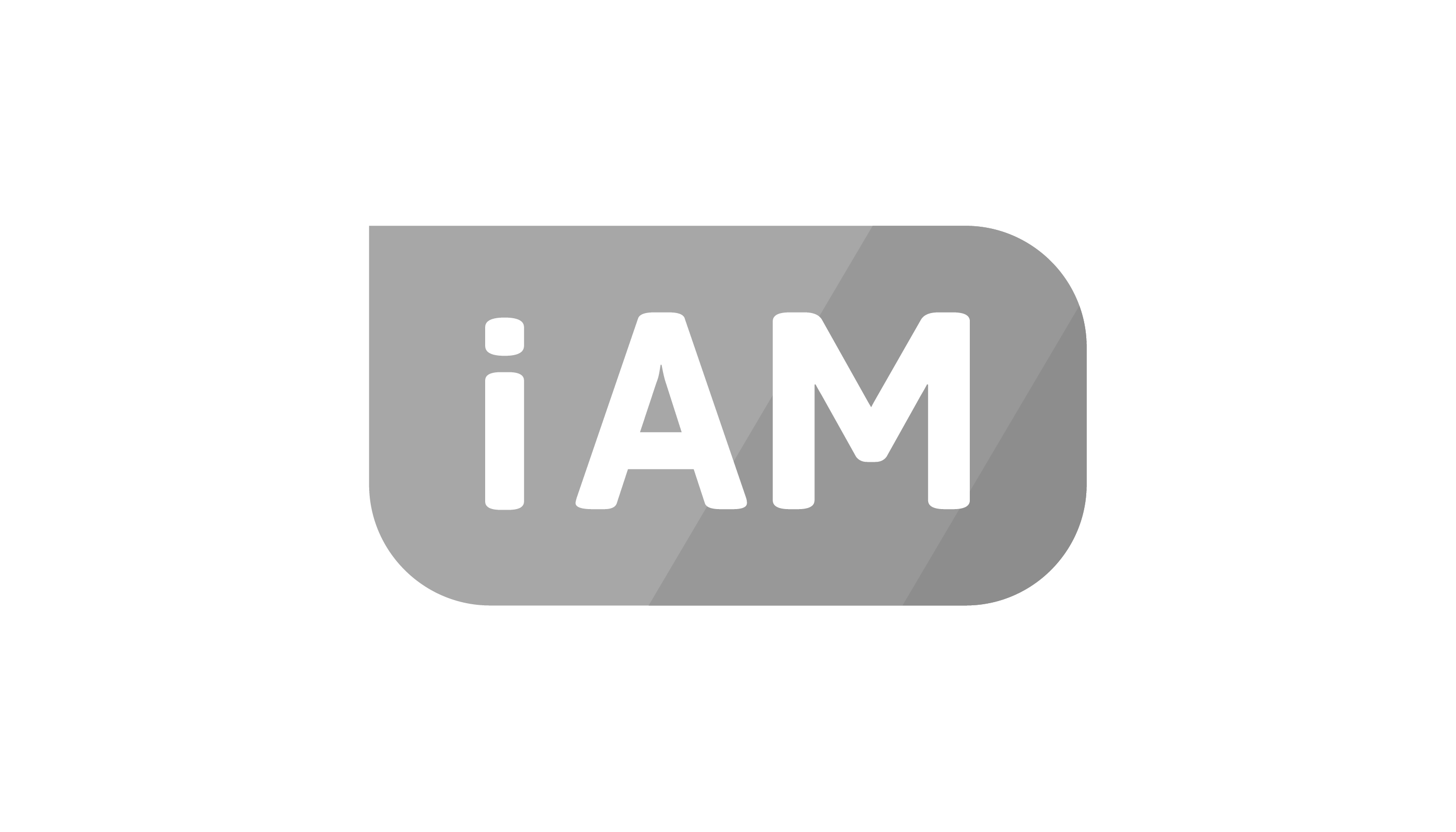

Why choose iAM Compliant
Peace of mind with testing
This course also has an assessment at the end which allows learners to test their understanding and helps businesses demonstrate a level of competence in the topic.
Accessibility
Everyone has the right to learn and learner need can vary depending on environment or disabilities. To support this diversity, we provide transcripts so people have text options for media, alongside subtitles for all videos.
Certified training
Our Collections are IOSH approved and CPD certified which gives you piece of mind knowing you're getting good quality content.



.png?width=529&height=199&name=University%20of%20Kent%20Academies%20Trust%20(UKAT).png)




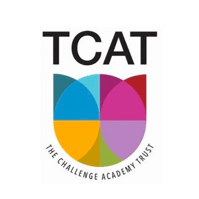

.png?width=529&height=199&name=Ormiston%20Academies%20Trust%20(OAT).png)



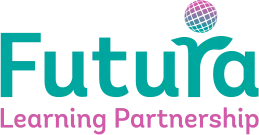

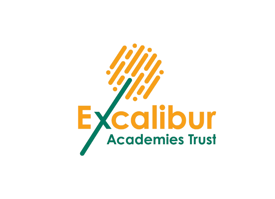

.png?width=1520&height=992&name=iAM%20School%20Business%20Mangager%20With%20Clock%20and%20iPad%20LMS%20(1).png)
Learning Management System
A completely free Learning Management System when you buy the iAM Compliant Tool.
Related courses
There are no courses that matches your search criteria
Please try adjusting your search terms or removing filters to broaden your search criteria
Loading...
Prev
Next